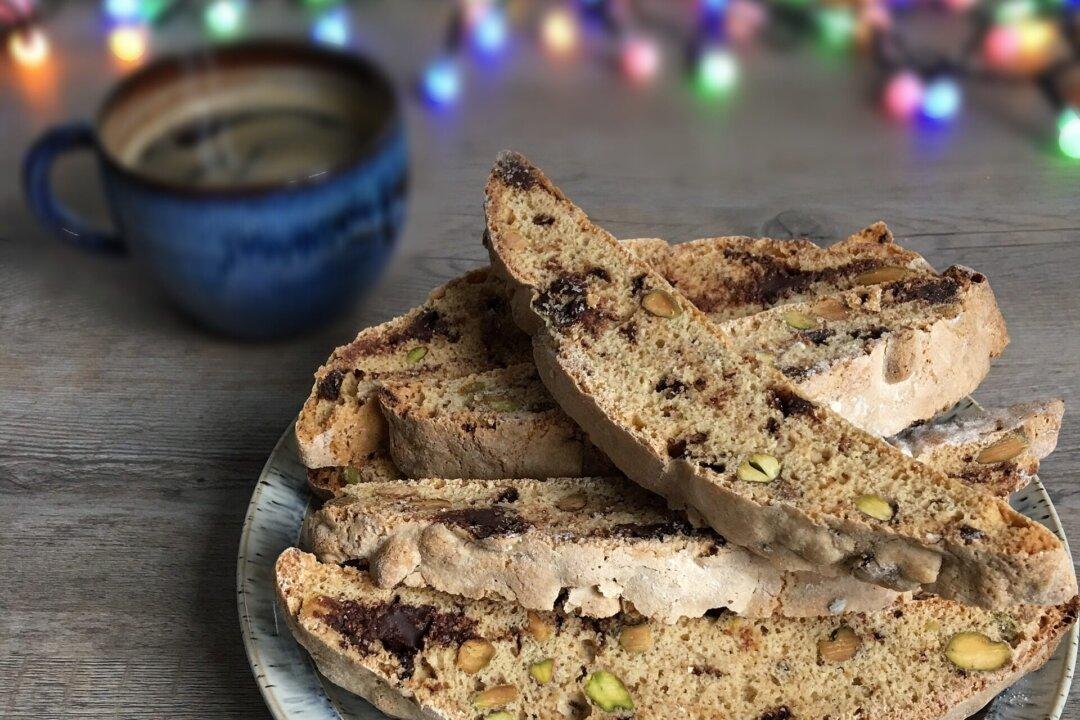I first tasted biscotti long ago, when I was a cookie-loving child. I wondered how anyone could like such hard, dry, and boring so-called “cookies.”
Years later, my sister-in-law tucked some homemade biscotti into my Christmas cookie box. To my surprise, they were delicious. By then, I had grown up and become an avid baker, and I began trying biscotti recipes on my own. I discovered that these cookies are in fact fun to make and good to eat, and come with a long, interesting history, too.

